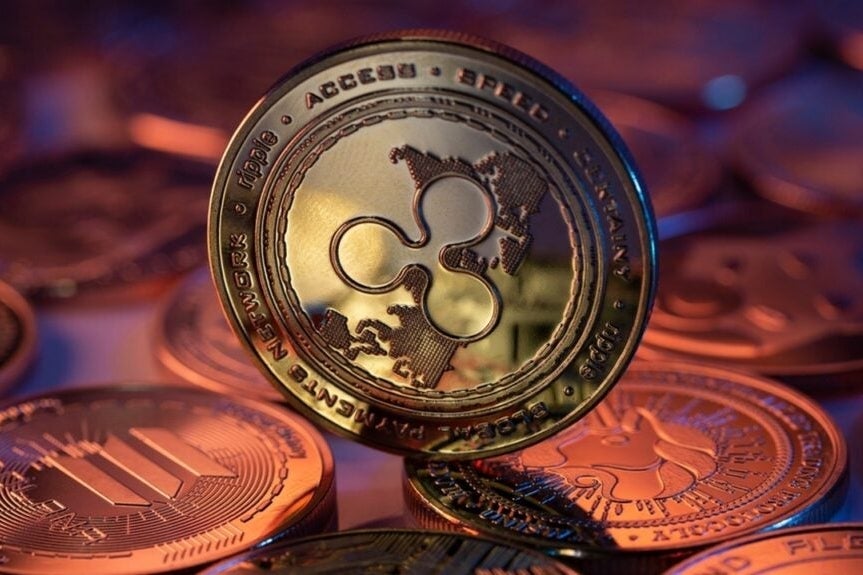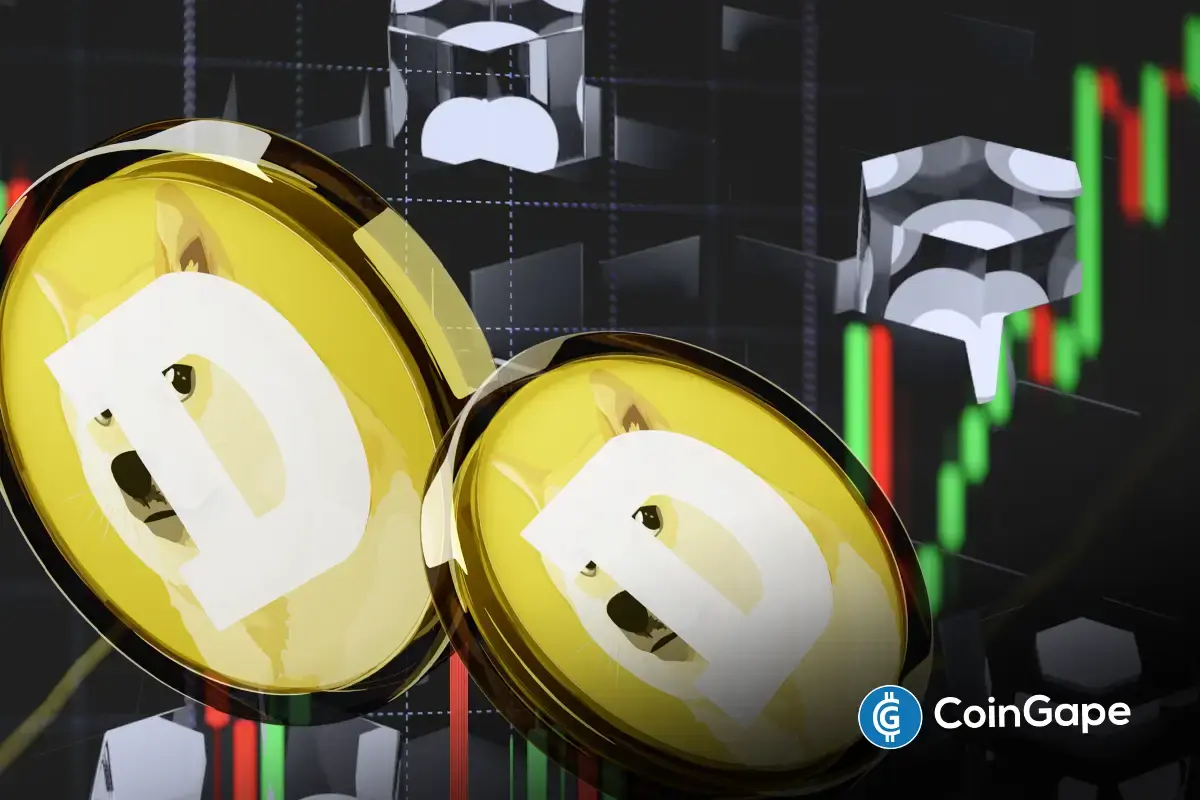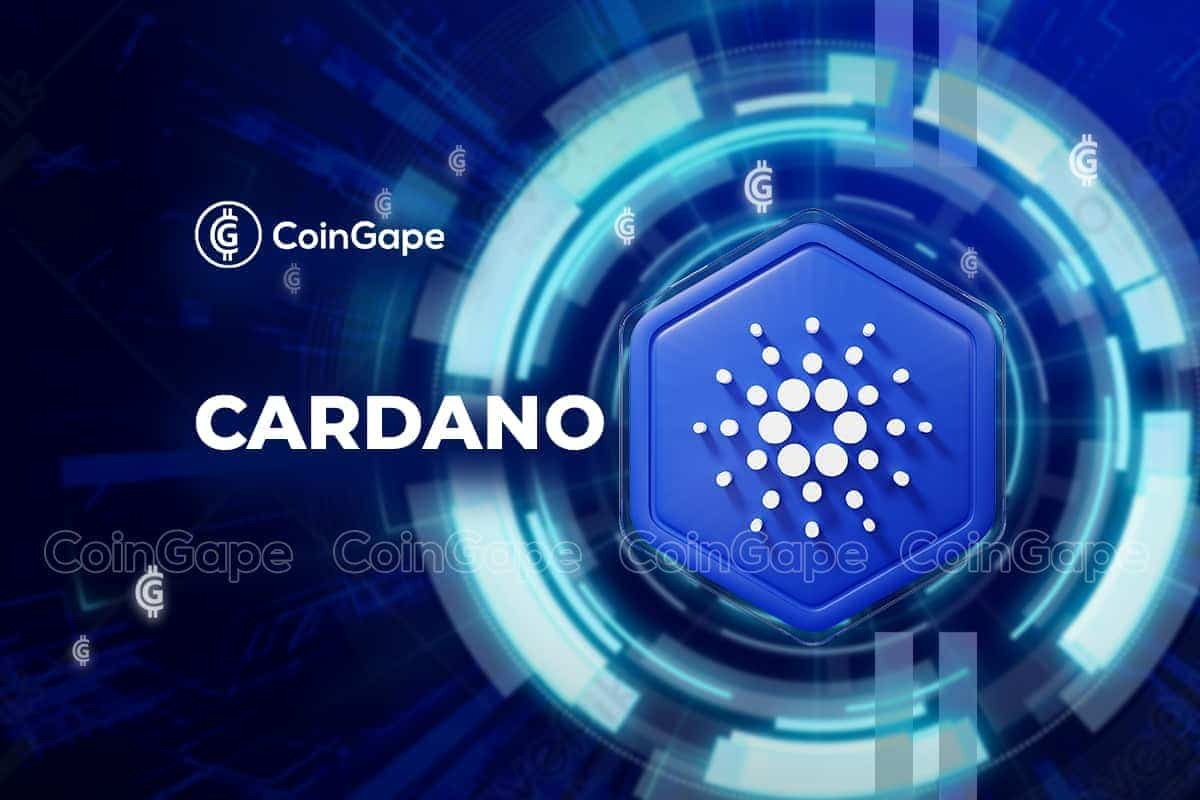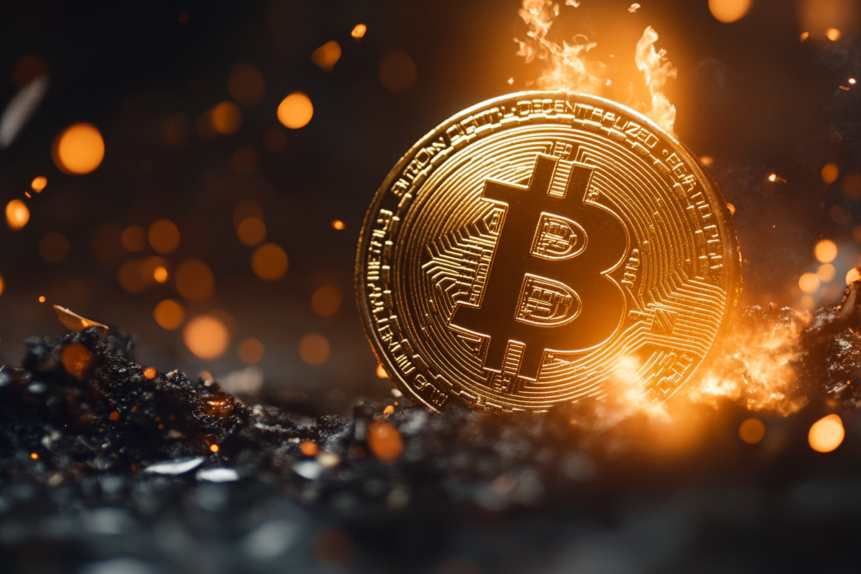Decentralized Finance: A Look into the Future
The world of finance is evolving, and decentralized finance (DeFi) is leading the charge. According to Michael Egorov, founder of Curve Finance, several sectors of DeFi are primed for growth in 2025. Among these are special-purpose decentralized exchanges (DEXs), stablecoins, and tokenized assets.
Growth in Decentralized Exchanges
The expansion of decentralized exchanges (DEXs) is expected to be driven by the development of new, purpose-tailored platforms. Egorov explained in an interview with Cointelegraph that this growth will be fueled by exchanges for stablecoins pegged to various fiat currencies.
Stablecoins, which are cryptocurrencies that maintain a stable value, have gained popularity due to their ability to offer the benefits of cryptocurrencies while minimizing the volatility associated with traditional digital assets. However, one challenge with stablecoins has been the foreign exchange problem. This issue arises when users attempt to exchange stablecoins of different denominations, such as Euro-pegged or US dollar-pegged stablecoins.
“Exchanges between stablecoins of different denominations like the Euro, US dollar, and others are not yet properly solved,” Egorov stated. “New purpose-built DEXs will focus on solving this problem, thus making it easier for users to trade stablecoins and enabling the growth of this sector.”
The Role of Stablecoins
Stablecoins are a crucial component of the DeFi ecosystem, as they provide users with a more stable alternative to traditional cryptocurrencies. According to a report by CoinMarketCap, the total market capitalization of stablecoins reached an all-time high of $150 billion in February 2023. This growth is expected to continue as more users turn to stablecoins for their financial needs.
Tokenized Assets: A New Frontier
Another sector of DeFi poised for growth is tokenized assets. These digital representations of real-world assets, such as real estate or commodities, offer investors a new way to access traditional asset classes in a decentralized and more accessible manner.
“Tokenized assets will open up new opportunities for investments, enabling individuals to invest in assets that were previously inaccessible to them due to high entry barriers or geographical limitations,” Egorov stated.
Impact on Individuals
For individuals, the growth of DeFi sectors such as DEXs, stablecoins, and tokenized assets offers new opportunities for investment, trading, and financial access. These innovations can help level the playing field, enabling more people to participate in the financial system and potentially earn higher returns on their investments.
- Greater access to various financial instruments, including stablecoins and tokenized assets
- Reduced dependence on traditional financial institutions
- Increased financial inclusion and accessibility
Impact on the World
On a global scale, the growth of DeFi sectors can lead to increased financial innovation, access, and inclusion. This can help bridge the gap between developed and developing countries, enabling more people to access financial services and participate in the global economy.
- Increased financial inclusion, particularly in developing countries
- Reduced dependence on traditional financial institutions
- Enhanced financial innovation and competition
Conclusion
The future of finance is decentralized, and sectors such as decentralized exchanges, stablecoins, and tokenized assets are at the forefront of this evolution. As these sectors continue to grow, they will offer new opportunities for individuals and the world, enabling greater financial access, inclusion, and innovation.
“The future of finance is decentralized, and DeFi is leading the charge,” Egorov concluded. “With the growth of sectors like decentralized exchanges, stablecoins, and tokenized assets, we can expect a more accessible, inclusive, and innovative financial system.”

